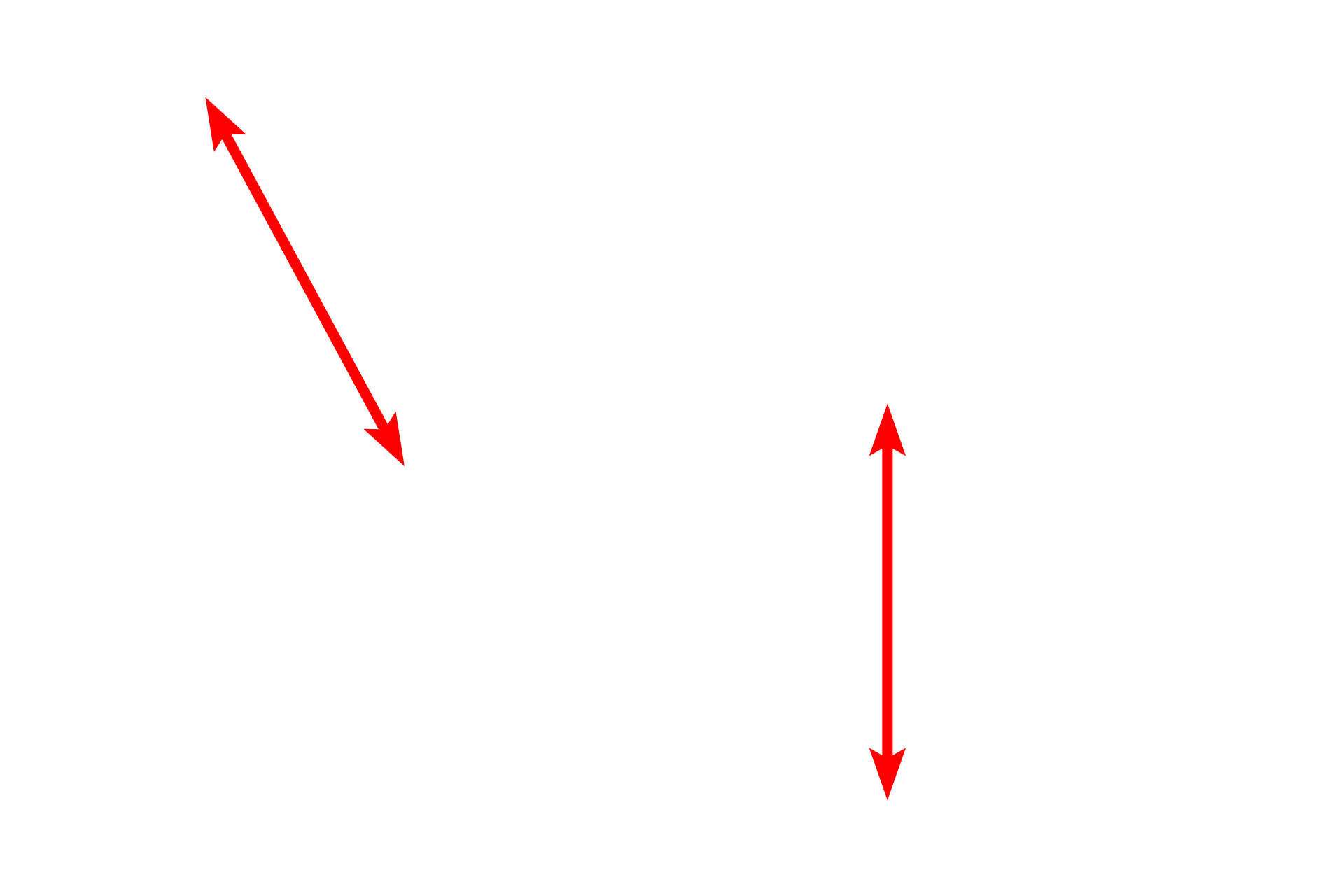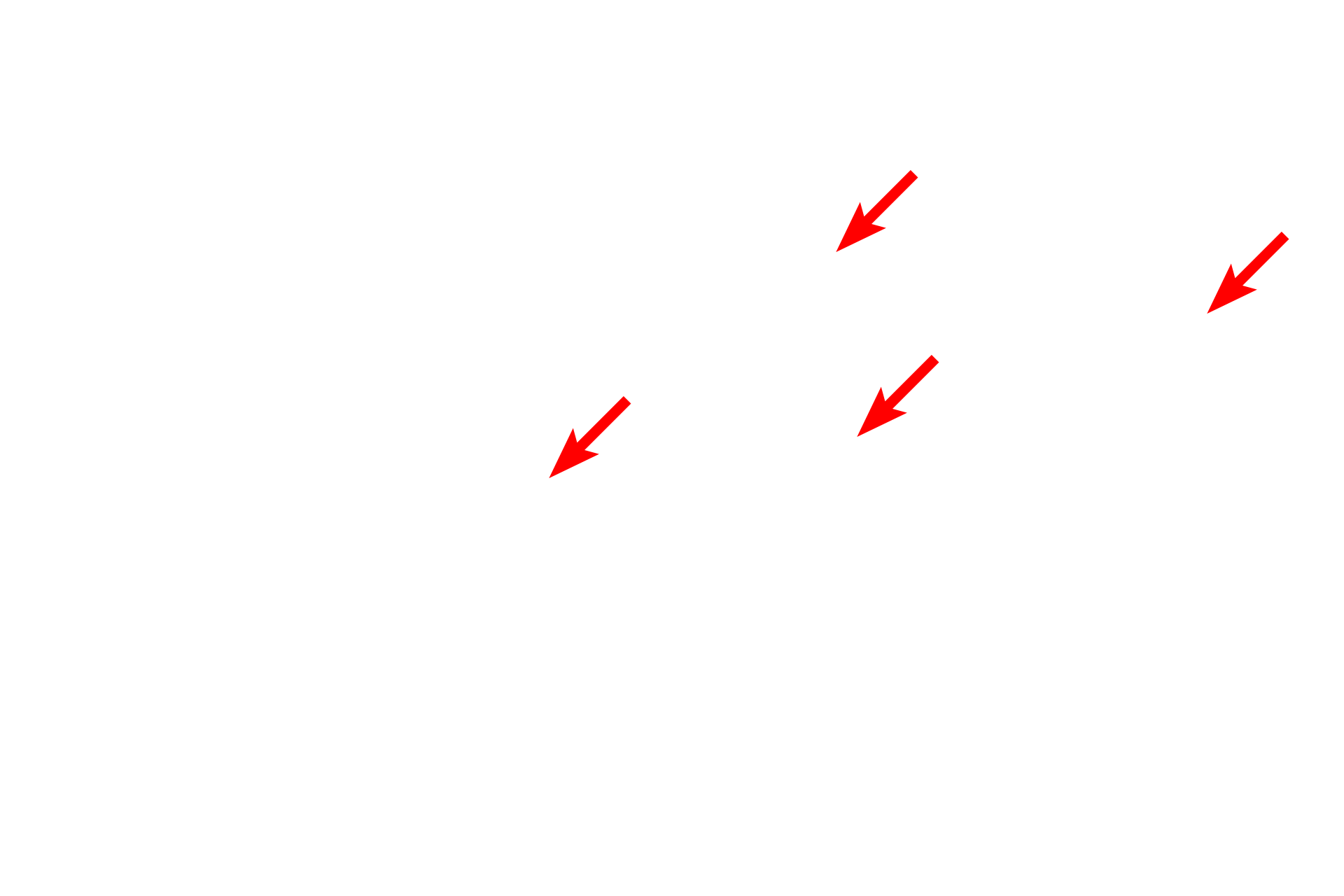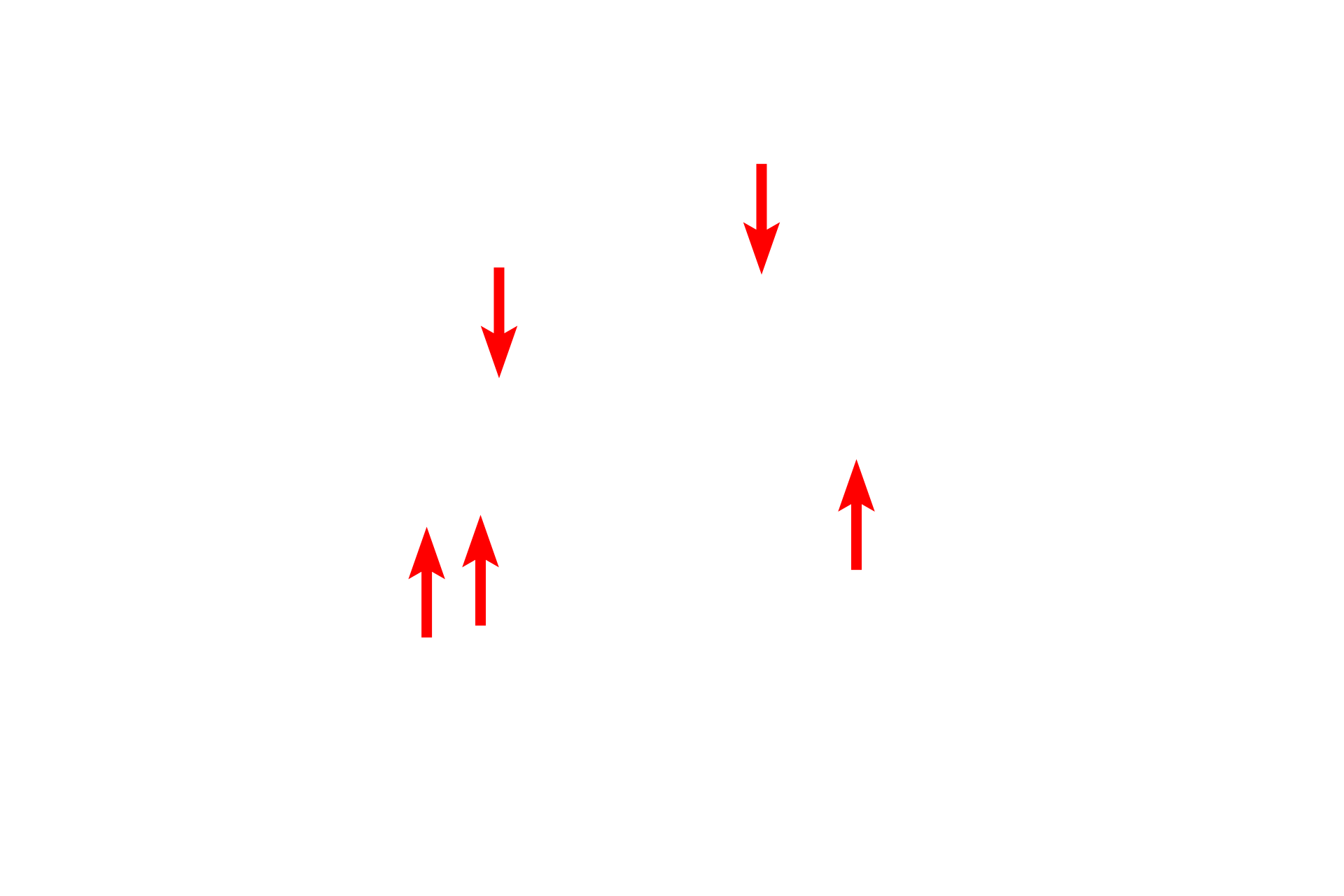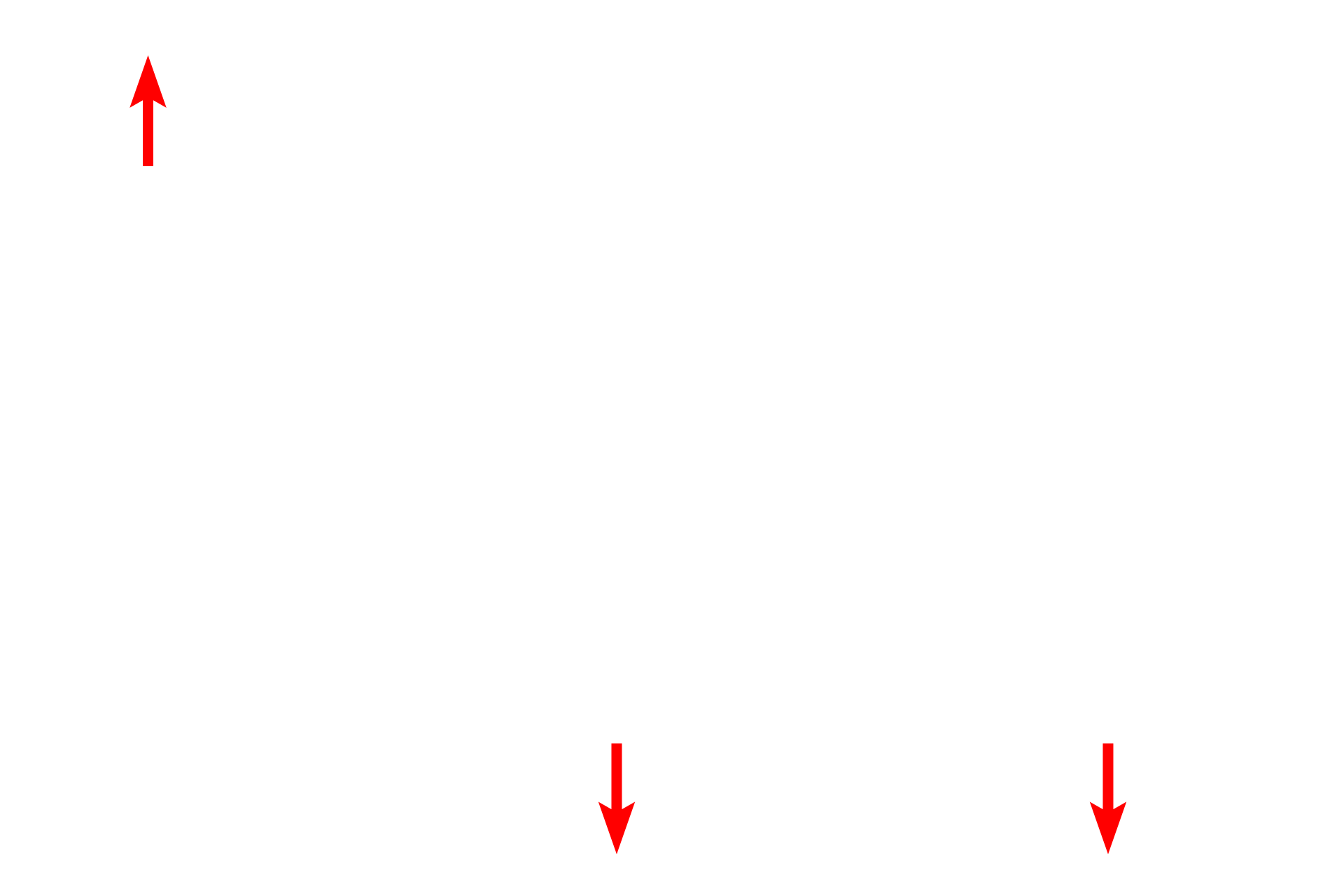
Unicellular gland
Not all unicellular glands are goblet cells. This simple columnar epithelium lining the oviduct demonstrates unicellular glands among the ciliated cells. These unicellular glands, called peg cells in the oviduct, provide nutrition for the oocyte and sperm. The oviduct is the site of fertilization. Oviduct 1000x

Secretory cells
Not all unicellular glands are goblet cells. This simple columnar epithelium lining the oviduct demonstrates unicellular glands among the ciliated cells. These unicellular glands, called peg cells in the oviduct, provide nutrition for the oocyte and sperm. The oviduct is the site of fertilization. Oviduct 1000x

Simple columnar epithelium
Not all unicellular glands are goblet cells. This simple columnar epithelium lining the oviduct demonstrates unicellular glands among the ciliated cells. These unicellular glands, called peg cells in the oviduct, provide nutrition for the oocyte and sperm. The oviduct is the site of fertilization. Oviduct 1000x

- Cilia
Not all unicellular glands are goblet cells. This simple columnar epithelium lining the oviduct demonstrates unicellular glands among the ciliated cells. These unicellular glands, called peg cells in the oviduct, provide nutrition for the oocyte and sperm. The oviduct is the site of fertilization. Oviduct 1000x

- Basal bodies
Not all unicellular glands are goblet cells. This simple columnar epithelium lining the oviduct demonstrates unicellular glands among the ciliated cells. These unicellular glands, called peg cells in the oviduct, provide nutrition for the oocyte and sperm. The oviduct is the site of fertilization. Oviduct 1000x

Loose connective tissue
Not all unicellular glands are goblet cells. This simple columnar epithelium lining the oviduct demonstrates unicellular glands among the ciliated cells. These unicellular glands, called peg cells in the oviduct, provide nutrition for the oocyte and sperm. The oviduct is the site of fertilization. Oviduct 1000x